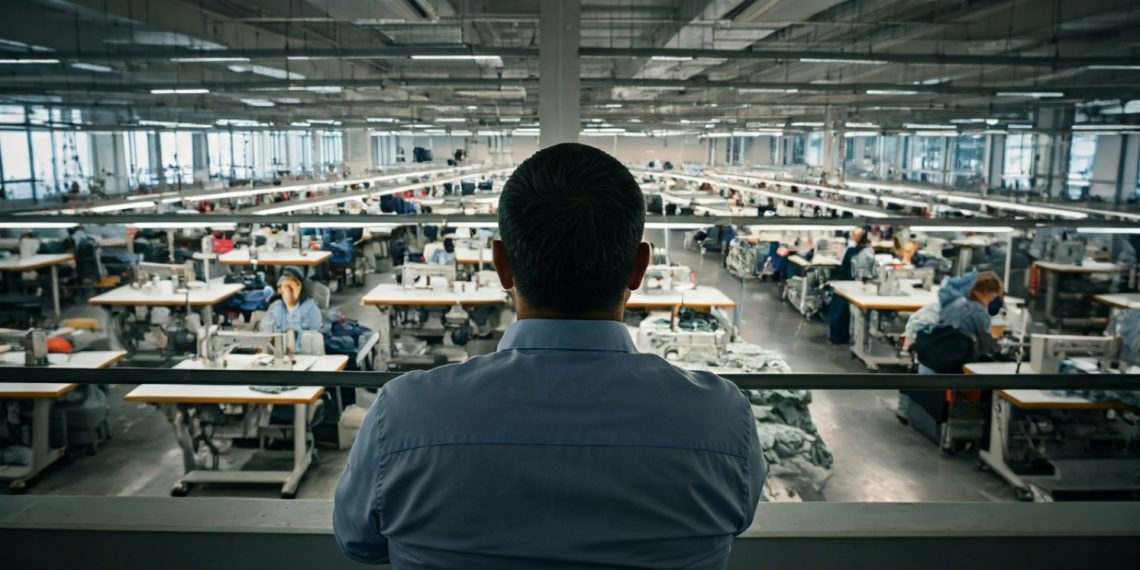“It’s lonely at the top.” This often-repeated phrase strongly resonates in the world of leadership. In the Brazilian fashion sector—marked by family-run structures and frequently centralized management—this loneliness becomes even more evident.
A study published by the Harvard Business Review revealed that 50% of CEOs feel isolated in their roles, and for 61% of them, this isolation negatively affects their performance. Among first-time leaders, the feeling of loneliness rises to 70%.
In Brazil, research by Instituto Locomotiva with leaders of small and medium-sized enterprises (SMEs) found that overload and loneliness are the main drivers of fatigue and stress. 98% of these entrepreneurs are responsible for strategic decisions, and 96% also handle operational tasks, often working across four areas simultaneously.
The loneliness of a leader is not just an emotional issue; it directly impacts the business. Isolated leaders tend to make less effective decisions, lose touch with market dynamics, and disconnect from their teams—directly affecting organizational culture and innovation capacity.
Connecting to lead better
The answer to this loneliness lies in connection. Leaders who rely on trusted networks, share experiences, and build bridges with other decision-makers tend to be more assertive, creative, and resilient. Industry forums, mentoring groups, business communities, and leadership gatherings offer a safe space for exchange, listening, and growth.
In the fashion industry—where creativity, speed, and reinvention are critical skills—this connection becomes even more strategic. When a leader shares their challenges, they not only find solutions but also inspire and strengthen the entire value chain.
It’s no coincidence that collaborative movements are gaining ground in the global fashion scene. A clear example is Allbirds, the American sustainable footwear brand. Its co-founder, Tim Brown, advocates that complex challenges like the climate crisis cannot be solved in isolation. The brand not only maintains collaborative networks with leaders from other companies but also co-developed with Adidas one of the world’s lowest-carbon-footprint sneakers—a partnership made possible by the belief that competitors can and should unite in the face of shared challenges.

Another example is Stella McCartney, who has been at the forefront of sustainability in fashion for years. Stella doesn’t act alone: she constantly builds bridges with scientists, biotech startups, environmental advocacy groups, and fellow executives in the industry. Her participation in forums like the Fashion Pact—which brings together CEOs from major global brands committed to environmental goals—shows that connected leadership is not just a choice but a necessity for anyone looking to transform their business and their industry.
These examples show that seeking support, building alliances, and opening up to dialogue with other leaders is not a sign of weakness, but of strategic intelligence and long-term vision.

From loneliness to collective strength
The journey of a leader or entrepreneur doesn’t have to—and shouldn’t—be solitary. By fostering genuine connections, it’s possible to turn isolation into collaboration, doubt into learning, and loneliness into collective strength. In the vibrant and challenging Brazilian fashion industry, this connection isn’t just welcome—it could be a decisive competitive edge.
A leader who insists on going it alone, guided only by their own compass, risks getting lost—or worse, going in circles.
True strength lies in those who embrace a collaborative attitude: those who share not just best practices but also their vulnerabilities; those who listen and allow themselves to be heard. It is in these honest exchange spaces—among peers, competitors, suppliers, mentors, and even across generations—that transformative ideas emerge, lasting partnerships are born, and strategies that truly move the industry forward take shape.
Leadership doesn’t have to—and shouldn’t—be an act of isolation.
And you—how are you operating outside your own bubble?
Cecília Rapassi is managing partner of Gouvêa Fashion Business.
*This text reflects the author’s opinion and does not necessarily reflect the position of Mercado&Consumo. This text was translated with AI.
Images: Created by AI, Reproduction Adidas and Disclosure/Stella McCartney



